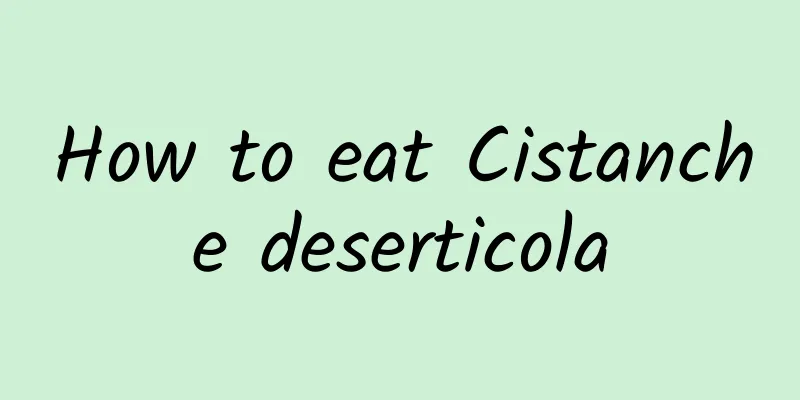The efficacy and function of floating corpse grass

|
Traditional Chinese medicine has always been the best choice for many people to treat diseases. It is very helpful in treating diseases and you can rest assured when choosing it. Today we will introduce a Chinese medicinal material, Corpse Grass. 【English name】 Silky Cinquefoil [Source] Medicinal material source: the whole herb of Potentilla xiajiangensis of the Rosaceae family. [Original form] Potentilla xiajiangensis is a perennial herb, 15-30cm tall. The roots are thick and cylindrical. The flower stem is slender, with a curved and ascending base, sparsely spread, and covered with sparse soft hairs and sparse cottony hairs. The lower part often falls off and is almost glabrous. The basal leaves are pinnate compound leaves with 4-8 pairs of leaflets, 6-20cm long including petiole, petiole covered with sparse soft hairs and white silky hairs; leaflets are opposite and rarely alternate, with short petioles or nearly sessile; stipules are membranous, light brown, covered with sparse soft hairs on the outside, often falling off, nearly glabrous; leaflets are ovate, elliptic-ovate or oblong-obovate, 1-2.5cm long, 0.5-1.5cm wide, with 4-7 toothed lobes or serrations on the leaf margin, cuneate or broadly cuneate at the base, the lowest leaflet has only 2-3 toothed lobes, sparsely pubescent or falling off nearly glabrous on the upper side, and covered with grayish-white cotton hairs and sparse soft hairs on the lower side, papery; stem leaves are palmately 3-leaved, the shape of the leaflets is similar to that of the basal upper leaflets, and the stipules are papery, ovate, and entire. Flowers bisexual; inflorescence sparse, pedicels slender, sparsely pubescent or woolly; flower diameter 1-1.5cm; sepals 5, triangular ovate, apex acuminate or acute, epicalyx 5, strap-lanceolate or elliptic-lanceolate, shorter than sepals, rarely nearly equal in length. The outside is covered with sparse soft hairs and white wool; the petals are 5, obovate, slightly concave at the tip, 0.5-1 times longer than the sepals, and yellow; the style is nearly terminal. Achenes smooth. Flowering and fruiting period is October. [Habitat distribution] Ecological environment: grows in the cracks of rocks by the river. 【Nature and flavor】 sweet; warm 【Meridian】 Kidney meridian 【Functions and indications】 Strengthens the spleen and kidneys, restrains sweat and stops bleeding. Mainly used for chronic illness, weak constitution, night sweats due to yin deficiency, metrorrhagia, leucorrhea [Usage and Dosage] For oral use: decoct in water, 30-60g; stew with chicken or meat. [Discussions by various scholars] "Xinhua Compendium of Materia Medica" The whole plant: sweet in taste, warm in nature, non-toxic. Used for men's weakness and women's uterine bleeding. 【Excerpt】 Chinese Materia Medica The above is an introduction to the effects and functions of floating corpse grass. If you want to eat floating corpse grass, it is best to consult a Chinese medicine doctor. I hope this helps you all. |
<<: The efficacy and function of Fusong Aconitum
>>: The efficacy and function of ascites grass
Recommend
Drinking is bad for your brain! The more you drink, the smaller your brain becomes and the earlier you age?
Is drinking alcohol good for your health? not goo...
People need to keep in mind the side effects of Xanthium sibiricum
Speaking of Xanthium sibiricum, people all know t...
The efficacy and function of Torreya grandis
Torreya snail is a relatively familiar traditiona...
What is the difference between Poria cocos and wild Poria cocos
There is only one word difference between Poria c...
The history of the development of Russian pistols, from the famous "Makarov" to the "Lebedev"
The press office of Russia's Kalashnikov Grou...
The efficacy and function of New Ligusticum chuanxiong
New Alpinia galanga is a traditional Chinese medi...
Marine Life Illustrated Book | Sapphire eyes, spotted in Lanyue Lake! Common cormorant, illustrated
(Source: Zhejiang Ocean University)...
The efficacy and function of leopard camphor
The Chinese medicine leopard camphor is a very go...
JD Logistics Financial Report: JD Logistics Revenue in 2022 is 137.4 billion, a year-on-year increase of 31.2%
Recently, JD Logistics released its 2022 annual p...
Are freshly slaughtered pork and beef the freshest and most delicious? Here’s how to choose and cook pork, it’s healthy and delicious!
Author: Xue Qingxin, member of Chinese Nutrition ...
Can I eat fish while taking Chinese medicine?
Traditional Chinese medicine is an important medi...
What is the nutritional value of Cistanche deserticola
There is a reason for every kind of food to exist...
Can eating "cold rice" help you lose weight? What you need to know about resistant starch
I heard that cooling down cooked rice, steamed bu...
Can blood type determine life span? Who would have thought that the most powerful blood type is…
The discussion about blood type has never stopped...
The efficacy and function of narrow-leaved euphorbia
Narrow-leaved euphorbia is a very common medicina...









